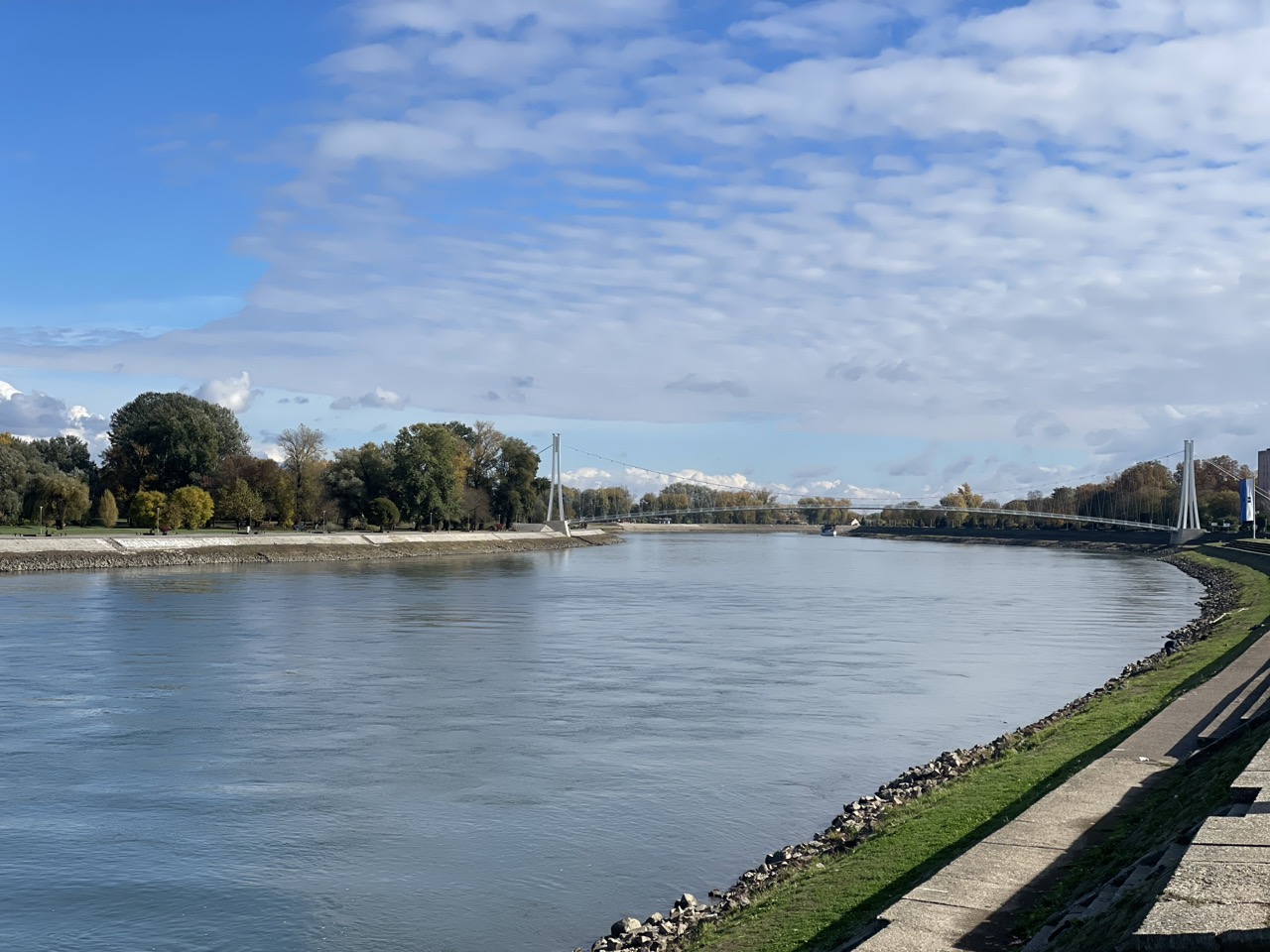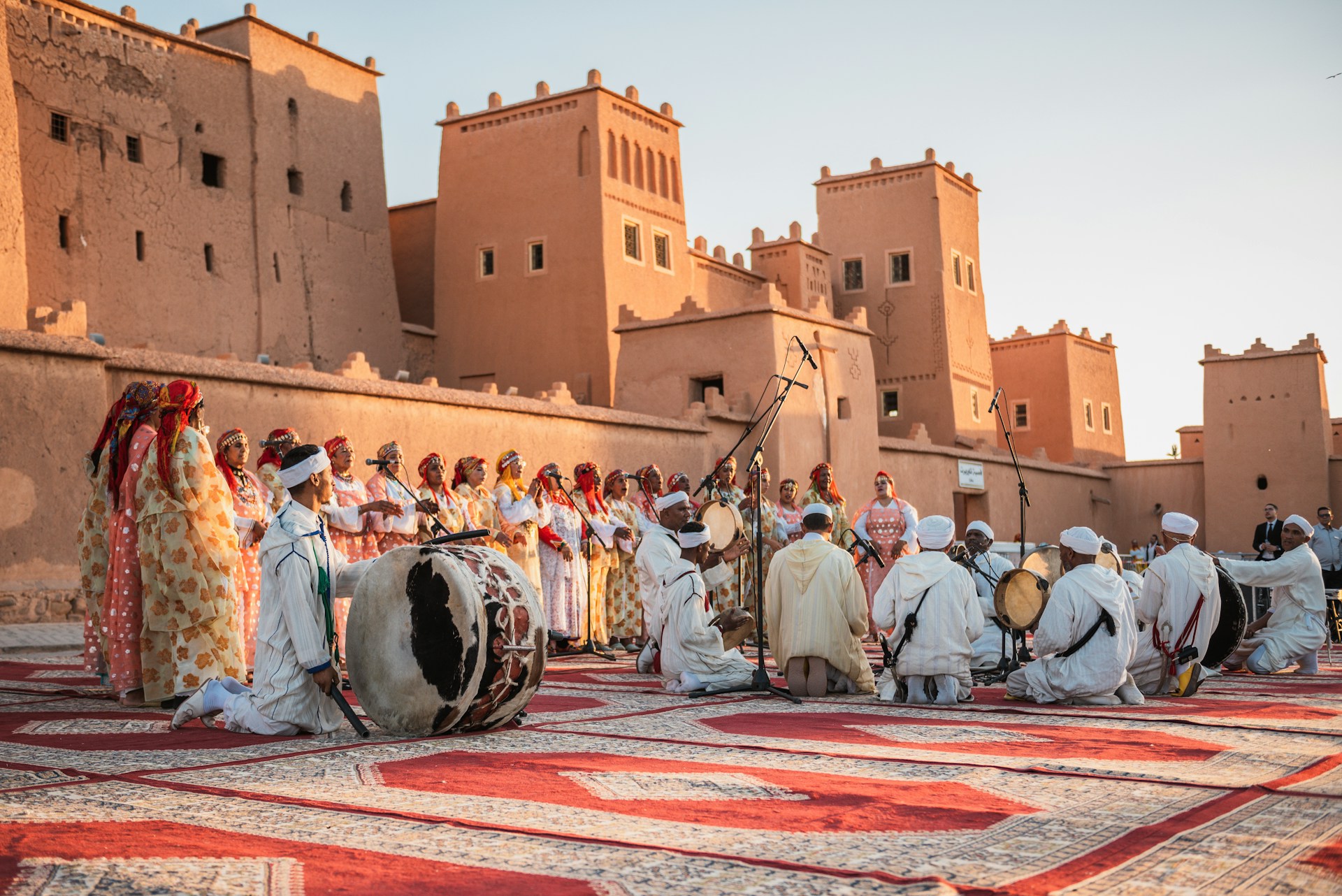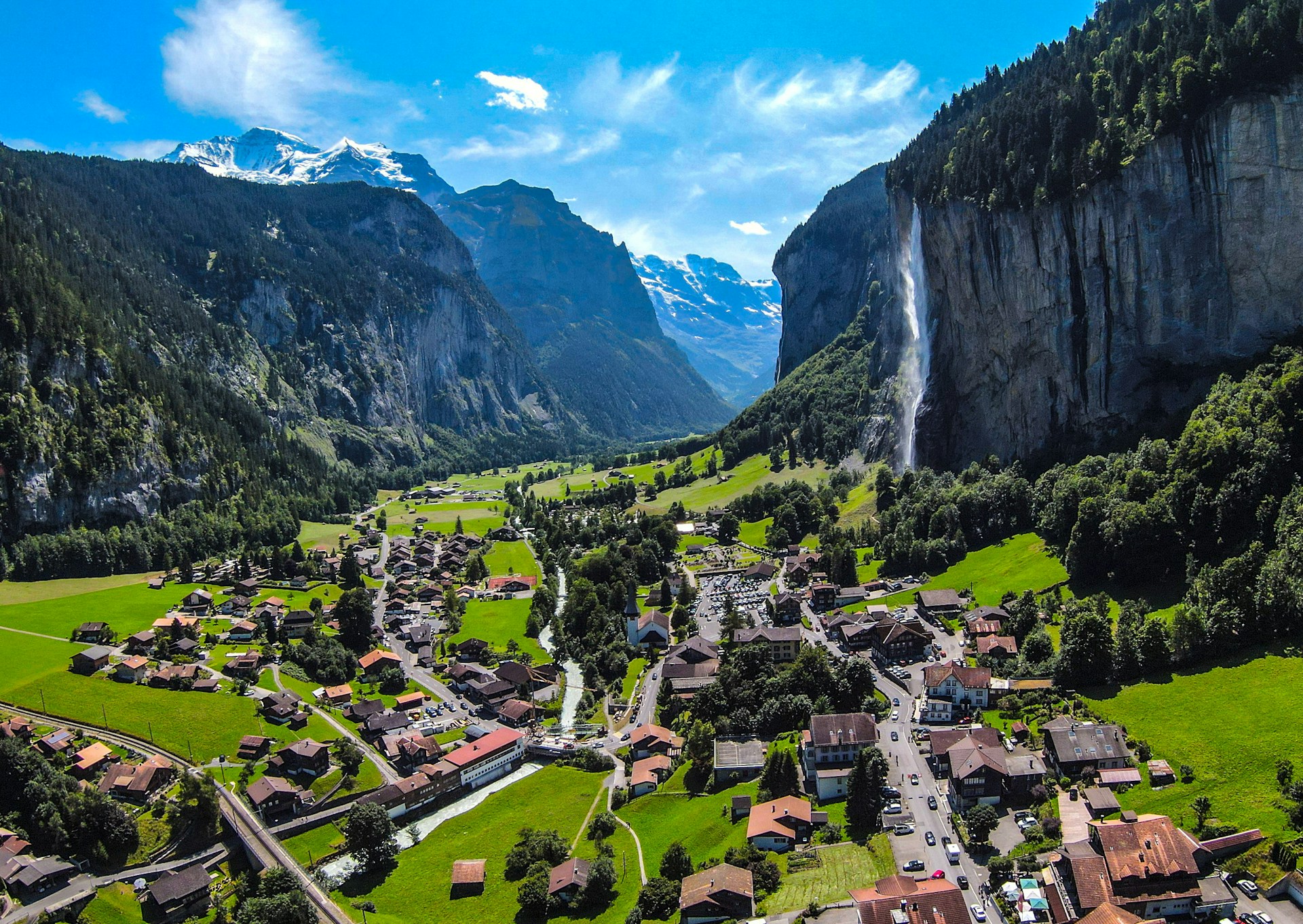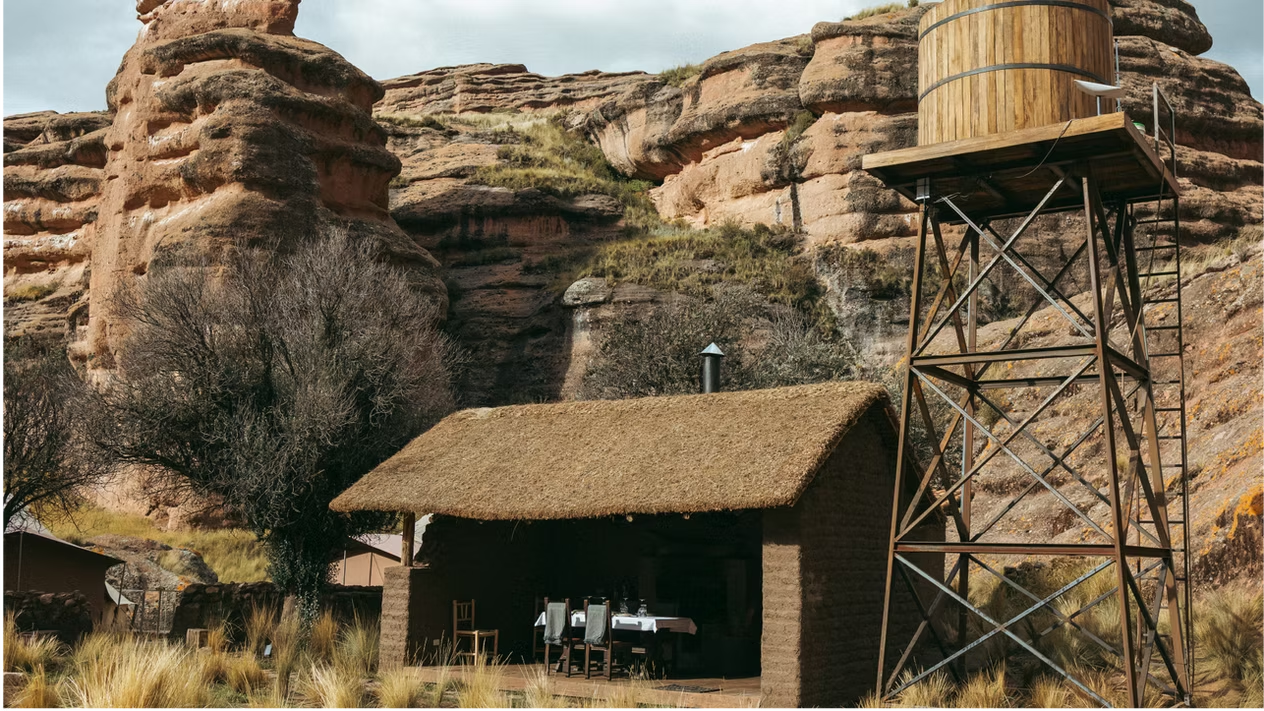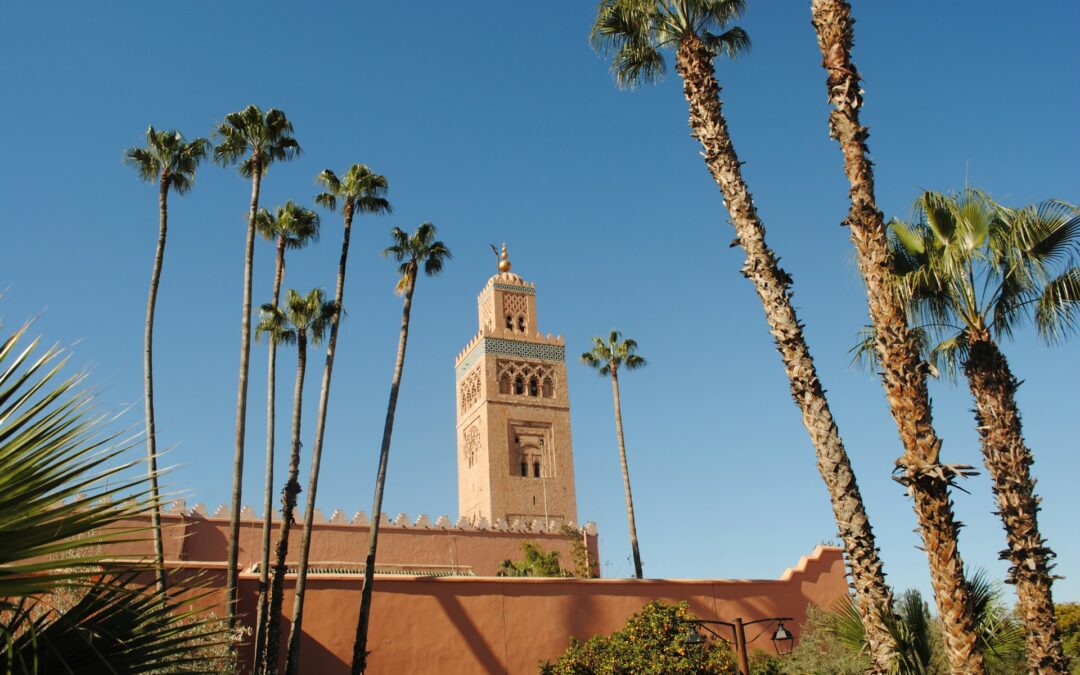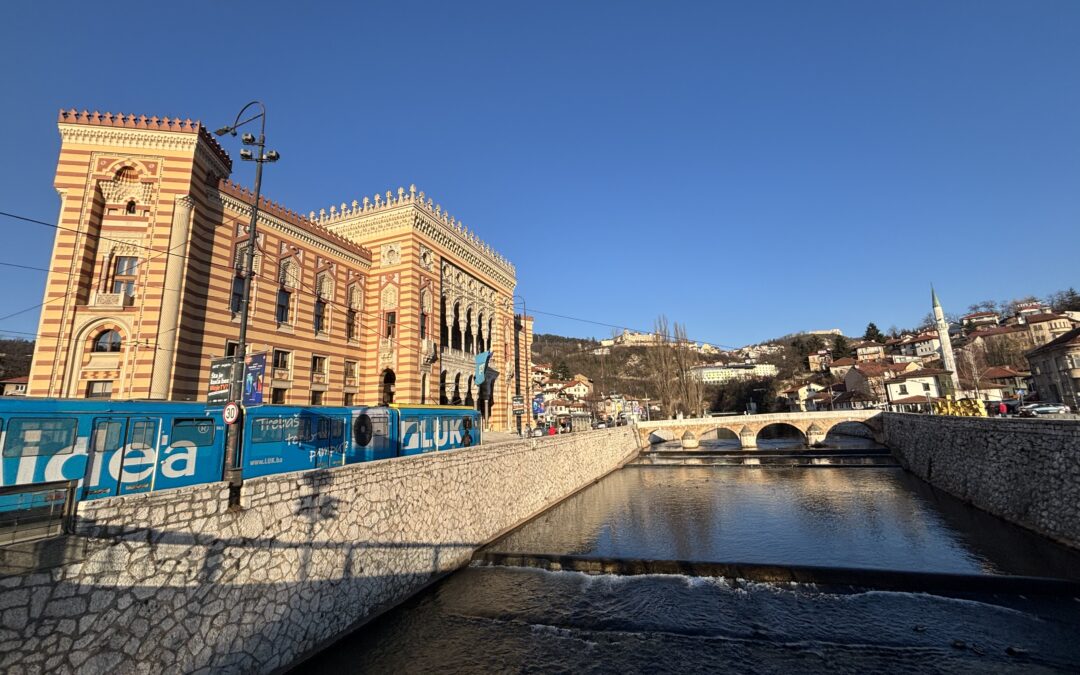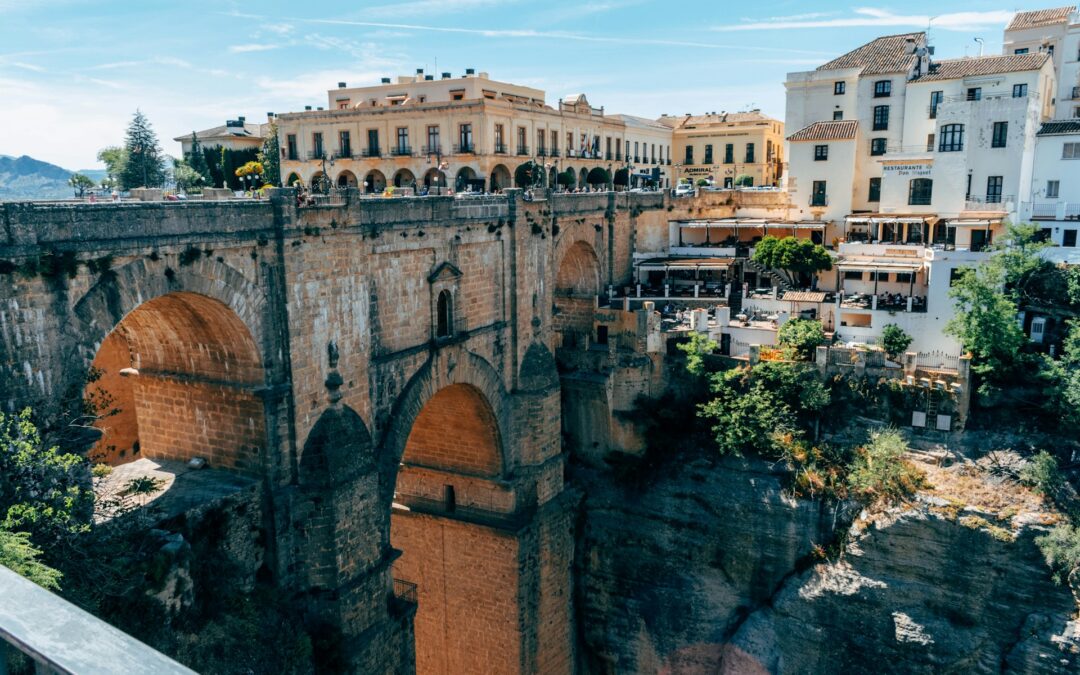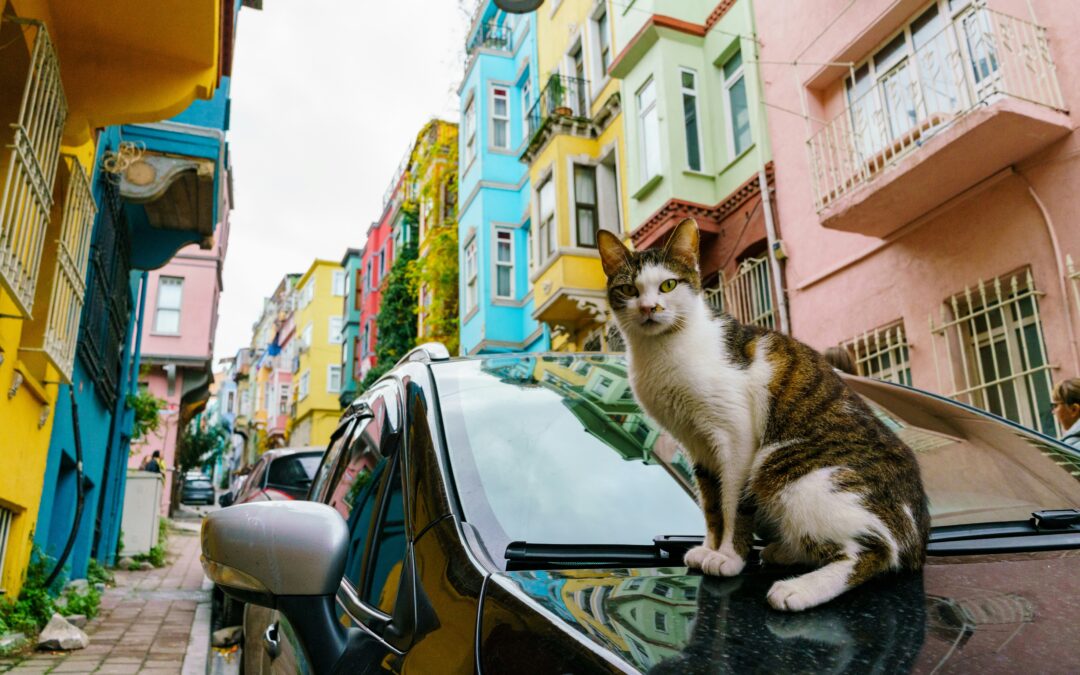We’ve written many times about Naples – its sleepless streets, its food that conquers even the most delicate palate, and the impression that the whole city is one endless stage of life. Yet there’s a story not so well known to the wider public, though it is deeply etched into the city’s identity. It’s the story of the Quattro Giornate di Napoli—the Four Days of Naples in September 1943, when ordinary citizens, without an army and without a coordinated plan, managed to liberate their city from Nazi occupation.
A City on the Brink
By autumn 1943, Naples was a city on the edge of collapse. Allied air raids had left huge ruins, food was scarce, and German troops enforced brutal repression with a clear goal: deport men to labor camps and burn down neighborhoods, reducing the city to nothing more than a military outpost.
In these conditions—out of despair but also pride—a rebellion was born. On September 27, clashes broke out between civilians and German soldiers. What began as a confrontation quickly spread, turning the entire city into a battlefield. People used whatever they could find: old rifles, improvised bombs, even stones. Against all odds, they stood in the way of a professional army. In just four days, by September 30, they had forced the occupiers to retreat. When the Allies entered Naples on October 1, the city was already free—liberated by its own people.
Life underground
Visiting Naples’ underground aqueducts today gives a special dimension to this story. Walking through the narrow passages and damp walls, it’s hard to imagine that hundreds once sought shelter here. Mattresses were laid directly on the ground, candles and carbide lamps offered the only light, and privacy was almost non-existent.
Children, women, and the elderly spent days in darkness, waiting for the explosions to end and freedom to return. To stand there today is to confront the incredible courage of people who, despite hunger, fear, and danger, found the strength not to give up. It was in these conditions that the decision matured: to rise, to resist, and to seize their fate.
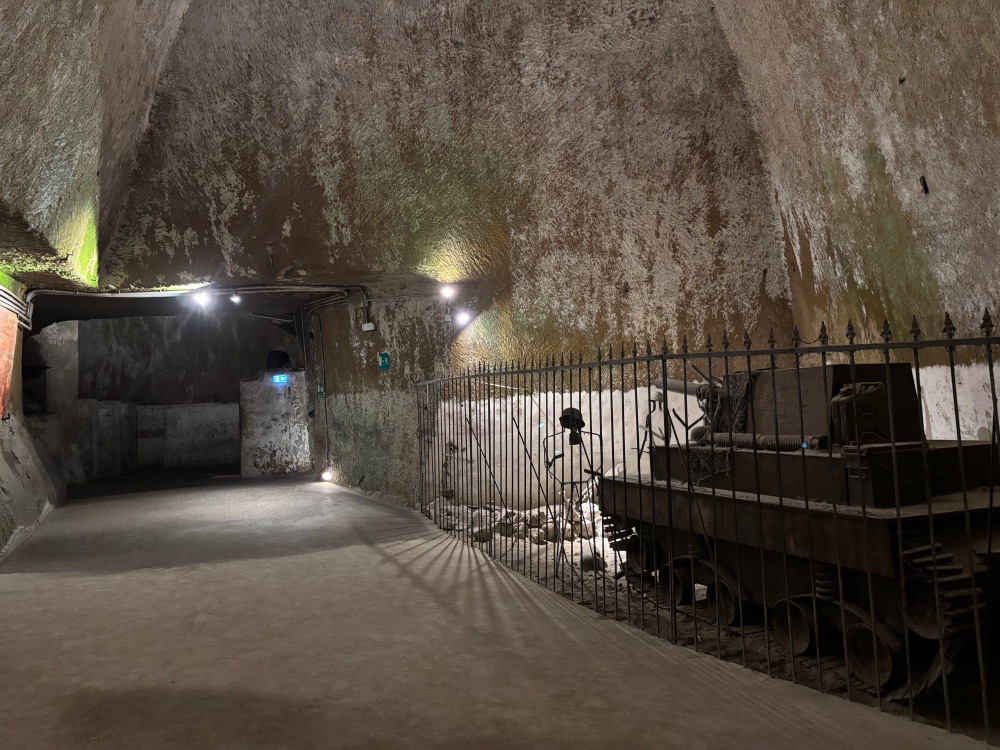
Symbols of defiance
The Quattro Giornate di Napoli is still marked in the city as a holiday of freedom, and for Neapolitans it remains a symbol of defiance and identity. They freed their own city, without waiting for outside help, which forever inscribed Naples into European history as an example of civic courage.
If you follow the traces of those four days, you’ll find several sites that still bear witness. On Piazza della Repubblica stands the imposing Monument to the Four Days of Naples by sculptor Marino Mazzacurati, made of four stone panels—each representing one day of the uprising. In the Vomero district, Piazza Quattro Giornate carries the name of the struggle, and since 2001, the nearby metro station reminds commuters daily of the heroic resistance. In the historic center, plaques on old palazzi bear inscriptions such as “qui insorse Napoli / Quattro Giornate” (“here Naples rose up / Four Days”), a discreet but powerful reminder of sacrifice and courage.
In this way, the history of the uprising is not confined to books—it still lives on the squares, walls, and museum spaces of Naples.
Naples today: Closer than ever
For many travelers, Naples has never been closer. Since Ryanair introduced direct flights from many European cities, the city has become a weekend destination within easy reach. Tickets often start at just €25 one way, and in just over an hour and a half you land in a city as chaotic as it is seductive.
Most visitors come for the pizza, Piazza del Plebiscito, Castel dell’Ovo, Pompeii, or Capri. But hidden beneath all that is this extraordinary story of resilience. The story of ordinary people who, in their darkest moment, found their greatest strength—and of a city that remains a symbol of courage, defiance, and freedom.
Looking for more tips? Read our guide on how to spend three days in Naples.

